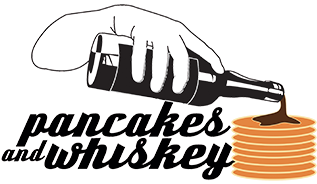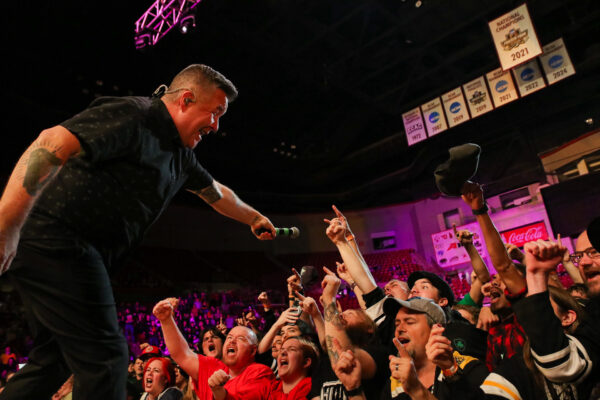Happy Bourbon Month!! Wait, what? You didn’t know that? So, what do you know about the delicious brown stuff in your glass?! Keep reading, I’ll make you a master of bar trivia. But if you win a bet and the wager is bourbon, I expect a toast in my name.
In 2007, the Senate declared September National Bourbon Heritage month. In Kentucky, their governor declares the same thing each year, amid a bit of pomp and circumstance. I mean, bourbon has to be made in Kentucky to be called bourbon, right?
Nope.
In 1964, Congress regulated the rules for making bourbon, which are pretty straightforward, and often abused, misquoted and downright forgotten by most. Here’s the quick version – the first one is the most confused, contested and loudly argued point.
~Must be made in the US
~Must be aged in new, charred oak barrels
~Must be distilled at no more than 160 proof
~Must be put in a barrel at no more than 125
~Must be bottled at no less than 80 proof
~Must be made from 51% corn (the rest is up to the distiller)
Now that you know what it’s made of, and where – let’s add some interesting bits to your brain. Bourbon drinkers should be smart about their favorite dram, so let me help.
What’s in a name?
They say history is written by the winner, but in this case, we’re talking whiskey, so I’m pretty sure everyone was a winner. However, there’s much debate, and fewer actual records over where our beloved spirit got its moniker. Some say it’s named after the famous street in NOLA where so much of it was sold when it first burst on the scene. Some say it was named after Bourbon County in Kentucky. No one can say definitively because my guess is that there was a bit of…sampling going on, and less record keeping.
MG-What?
If you’ve paid any attention over the last couple of years, you might’ve heard of MGP Ingredients/MGP/MGPI, or more commonly, that place in Indiana. Yes, Dorothy, there really is a giant whiskey factory in the Midwest. And no, they’re not going to tell you who their clients are. Some bottles will say, “Made In Indiana” on the back (as they should), and some won’t ever admit such a thing, which makes me pretty much swear off drinking that brand. Why do they get stuff from a giant factory? Cost, ease of start-up, there are lots of reasons. My personal philosophy is one of truth. Tell me what’s in the bottle, let me decide to buy it based on taste and price. If you lie to me, I don’t care what’s in your bottle, I won’t be buying it.
Don’t believe everything you read
Chuck Cowdery, Kentucky Bourbon Hall of Famer, and well-respected curmudgeon of the whiskey writing world, sums it up best. In his post Making Shit Up: Weller Isn’t The Original Wheated Bourbon, he smacks down Buffalo Trace’s shiny new packaging for their Weller line. They lay bold claim to being the original wheated bourbon, which apparently simply isn’t true. BT’s claims aren’t the only ones in recent years to run afoul of actual history. Even one of my favorites, George Dickel, spun a tall tale in their advertising a couple of years ago that folks like Chuck were quick to correct. Moral of the story: just because the company claims it, doesn’t mean it’s actually true. Reader beware (and be informed).
Whew. OK, I think that’s enough bourbon history for now, maybe it’s time to add some to my coffee. Cheers!
Article: Jeanne Runkle




